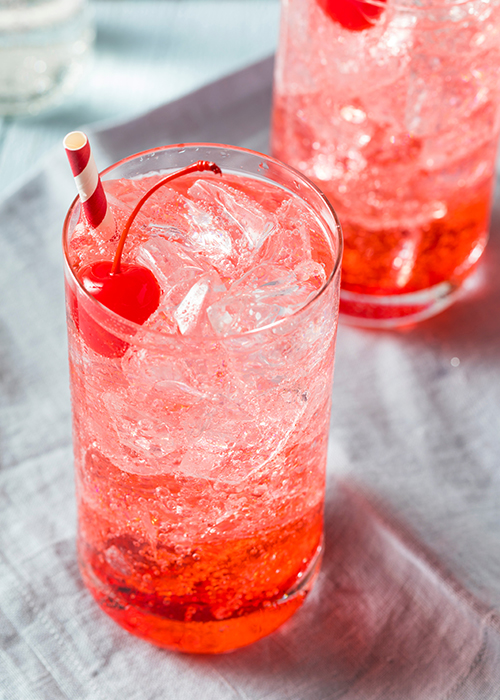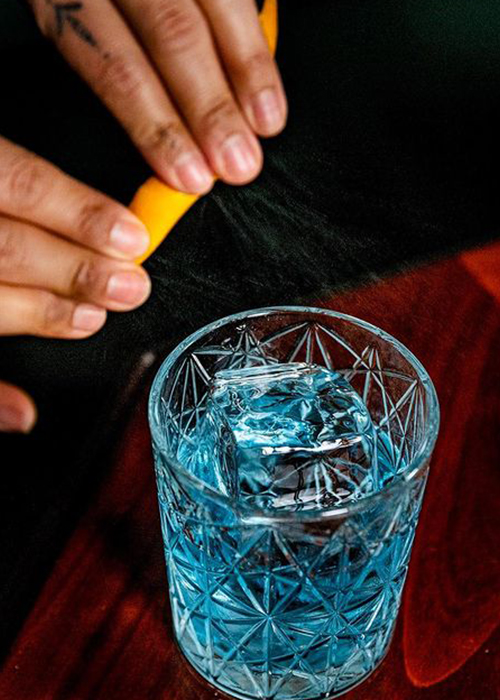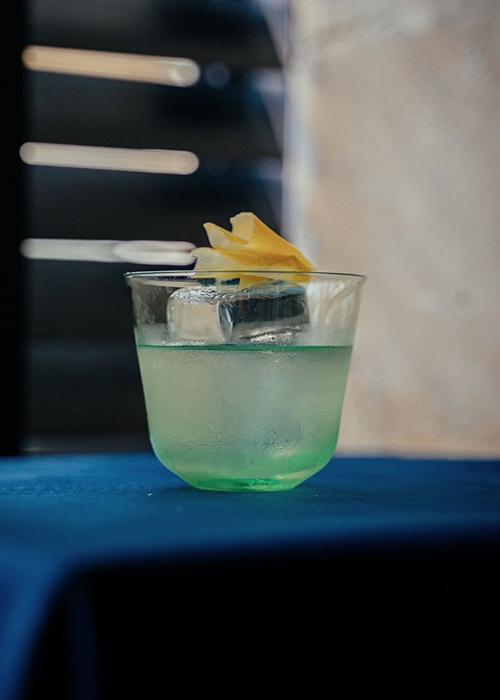Picture yourself at a bar skimming the cocktail menu, searching for something that piques your interest. With little luck, you scan the room and notice several waiters carrying a red drink resting in a coupe glass with some kind of intriguing garnish.
You’re unsure of what the drink is, what’s in it, or even how good it tastes, yet its bright red color instantly reminds you of something fruity and refreshing. Much like scent, color plays an important role in how and what we choose to drink — including cocktails.
Most of us are familiar with the psychological effects of colors in advertisements and marketing, especially with regard to the color red. According to one study by Biomedical Central, when it comes to food and drink, color alone is the most important sensory cue determining our taste and flavor prediction.
Don’t Miss A Drop
Get the latest in beer, wine, and cocktail culture sent straight to your inbox.
Dennis Morales, CEO of Drinks Labs, a closed-loop beverage producing company in California, believes this notion is connected to emotional response and nostalgia — two factors that influence trends in the beverage industry. Color is the first element of a beverage that can be assessed, he says. “It starts the satiation process, and in that brief moment, we connect the color to past experiences and begin to process what that beverage may taste like and how we will enjoy it.”

The Dirty Shirley’s recent virality is a good example of this. For most, a classic Shirley Temple stirs up childhood memories of restaurant outings or kid parties where the mocktail dominated. As children, many of us didn’t know the ins and outs of grenadine, the pomegranate syrup that gives the Shirley Temple its bright red hue — but we did know that the color red signaled sweet and fruity flavors.
In Biomedical Central’s 2015 study on the psychological impact of food color, upon viewing beverages that are overly saturated in color, one can expect the taste or flavor of the beverage to be just as intense as its hue. But the science doesn’t stop there. The intensity associated with taste is greatly dependent on color, and as each color is perceived differently, variations in tone can also play a factor.
In this particular study, participants were asked to assess the intensity of taste for four equally sweet drinks ranging in tone: two red drinks, one light and one dark, and two green drinks of similar range. Upon tasting both sets of beverages, it was concluded that both the dark red and light green drinks had a more potent flavor than that of the light red and dark green.
While the study seems simple enough, the results speak volumes for just how much the visual appearance of a beverage can influence expected tastes and perceived experiences. That same science can be applied to cocktails, and as cocktail culture is continually evolving, we’ve seen a steady rise in color as the focal point of the drink. Colors that, Morales explains, will create lasting emotional responses.

Perhaps that’s what NYC’s Temple Bar had in mind when debuting its signature blue Negroni during its revival opening, or maybe it’s the reasoning behind this sea blue-green colored cocktail from Paris’s The Little Red Door. Colors allow us to connect a drink to previous memory, even if the memory is a flavor profile that has been developed in childhood. “When looking at a lineup of colored drinks for example, red, blue, orange, and yellow, we already have an idea of what the flavor will be,” Morales says.

A 1993 study conducted by the Journal of Food Science determined that in the case of drinks, color had a significant influence on the identification of certain flavors. For instance, drinkers interpreted blue as blueberry, pink as strawberry, and associated orange with the flavor of an orange fruit. This same notion has been applied to flavored vodka, as is the case with Au Vodka, whose profile includes a variety of vodkas each showcasing a vibrant color distinctly associated with its corresponding flavor.
But what about when color is not connected to taste or flavor? “Ultimately, our choice in beverage boils down to our emotional connection,” says Morales. Colors, whether vibrant or dull, provide a visual journey down memory lane, allowing us to reminisce in past experiences of the drink we’re about to enjoy.


